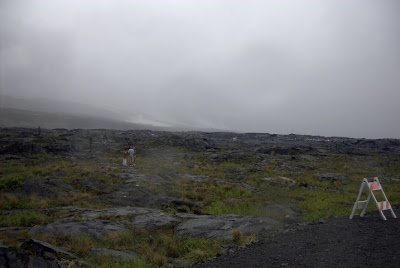
The pictures in this post were selected to represent some of my posts over the past year. In writing this blog, I have been encouraged to put more effort into my gardening. After all, I had to do something worth writing about. So I thank all of my readers for inspiring me to be creative.

Now, I have taken on a challenge with a group called “NaBloPoMo,” or National Blog Posting Month. The idea was taken from “NaNoWriMo,” National Novel Writing Month, which is held every November. If you are a novel writer or a would-be novel writer, and would like more information, check out their website.

And if you are a blog writer, you might investigate this other bunch of writers who come up with a different theme every month. The only requirement is that you post every day for thirty days. I may be certifiably crazy, but I’m going to take part in January. I suggested to the woman who initiated the group that since our President-Elect Obama is about “change,” we might want to consider that as our theme.

So I’m going to post a little something every day for thirty days. I promise they won’t be long, but I’m aiming for at least 100 words each day. I will be posting a longer post each weekend, just as I have been since May.

I’m not sure I’ll be able to do it, especially since Spring Semester begins on January 12, 2009. I have a hunch I may be scrambling for ideas mid-month, so if you have ideas that might fit into the theme of “change,” I beg you to send them to me!

We have not reached the eve of New Years Day, however. This is a good time for us each to look back at what we have accomplished in 2008.

To begin with, this is my 44th post. Interesting that it coincides with the arrival of our 44th President of the United States. It is highly unlikely that I could have planned it that way!

Since my first post on May 29, 2008 there have been many changes in my lava yard. If you don’t have anything else to do over the holidays, you might go back and starting with that first post, read and look at the pictures.

As I went back over my past posts myself, I notice that many of the plants I talked about in the earlier days are no longer part of my yard. They have been killed off by the sulfur dioxide from our Kilauea Volcano. Even this week, as I was working outside, I could smell the sulfur in the air, strong enough to drive me back inside to protect my lungs.

Some of the plants have grown to be twice their size. That wouldn’t be such a remarkable feat in areas where there is “real” soil, but here, I applaud every half-inch of growth.

It’s been a constant process of dumping in compost-soil mix. Rain and regular watering wash the soil down into the crevices of lava rock, leaving roots bare.

Probably the main thing is that I have been able to see a fairly barren piece of lava start to take shape. I can see little areas where I want to focus over the next year. It takes living with a place to get a feel for its spirit – and there is definitely a spirit presence in this acre. That spirit is guiding me through my planning stages.

Until next year (2009) this is Lucy, the Lava Lily, wishing each of you the most joyous and prosperous New Year!
Like what you see? Subscribe! It’s FREE!
































